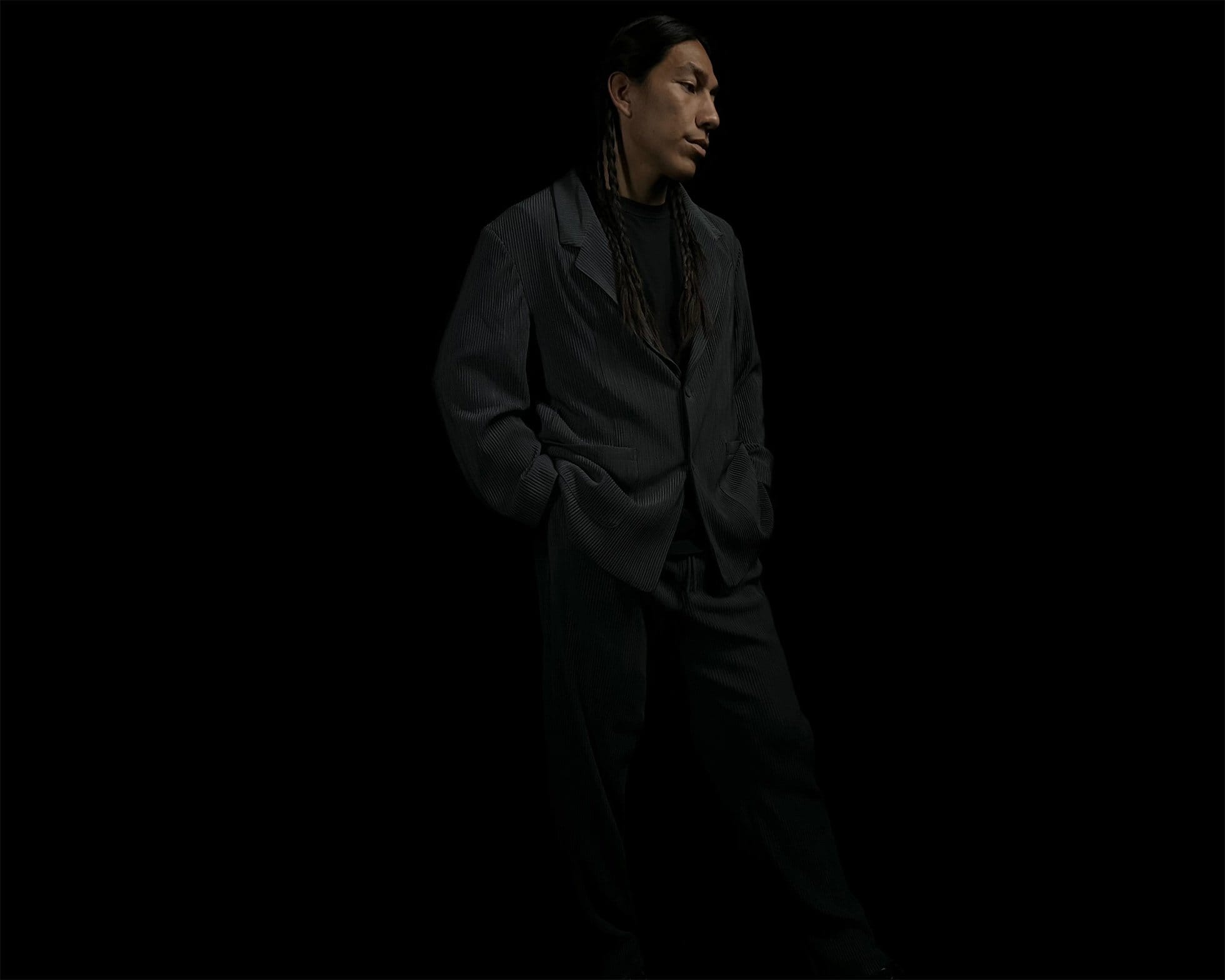Apple’s new lineup of iPhones might seem similar to previous year’s models but they have a lot of new features and improvements under the hood. Among these changes are new camera sensors with an improved image processing pipeline that offers significant improvements when capturing images in low light conditions. Apple takes these improvements a step further with the help of Photonic Engine, a new way to process your captures. Let’s take a look at it and how it will help you capture better photos.
What is Apple’s Photonic Engine in iPhone 14?

Photonic Engine is the new and improved image processing pipeline from Apple that improves low light captures by applying Deep fusion earlier than before.
Once you capture an image on any device it goes through an image processing pipeline that converts and optimizes the capture from your source (camera in this case) for your renderer like the screen.
Apple’s Deep fusion technology was previously deployed on your captures at a later stage in this pipeline, but with Photonic Engine, Deep Fusion is now applied much earlier in the process.
This in turn means that mid to low-light photos can see a significant improvement when it comes to noise and detail in your frame.

While the company has not revealed the entire process, a quick look at the keynote event will give us all the information we need. Deep fusion it seems was applied to compressed images without the inclusion of Photonic Engine in the previous pipeline. With the introduction of the Photonic Engine, Deep Fusion now seems to be applied at an earlier stage when photos are not compressed and contain more color depth. This combined with the additional stages introduced in Photonic Engine help improve low light captures dramatically.

Apple claims the following improvements to the sensors on iPhone 14 and 14 Pro when it comes to low light captures while using the Photonic Engine.
Photonic Engine improvements in iPhone 14 and 14 Plus:
- Ultra Wide Sensor: Up to 2x the improvement in low light captures.
- True Depth Sensor: Up to 2x the improvement in low light captures.
- Main Sensor: Up to 2.5x the improvement for low light captures.
Photonic Engine improvements in iPhone 14 Pro and Pro Max:
- Ultra Wide Sensor: Up to 3x the improvement for low light captures.
- True Depth Sensor: Up to 2x the improvement for low light captures.
- Telephoto Sensor: Up to 2x the improvement for low light captures.
- Main Sensor: Up to 2x the improvement for low light captures.
Which iPhones are compatible with Photonic Engine?

As you might have guessed, only the new iPhone 14 lineup of devices is currently compatible with the new Photonic Engine. This means that only the following devices will see these improvements when capturing low-light photos.
- iPhone 14 Pro Max
- iPhone 14 Pro
- iPhone 14 Plus
- iPhone 14
Will iPhone 13, 12, 11 or X get Photonic Engine?
As this is a software-based addition, this feature can indeed be introduced for older devices. The iPhone 13 Pro and 13 Pro Max share the same camera sensor and the same processor as iPhone 14. This led many to believe that the Photonic Engine could be released and introduced to these compatible devices. Sadly, there have been no claims on introducing the same by Apple and for now, it seems Photonic Engine will stay exclusive to the iPhone 14 lineup of devices.
We hope this post helped you get familiar with Photonic Engine. If you face any issues or have any questions, feel free to reach out using the comments below.





![Solution For Quiz - Where Did the Dragon Hall Deal a Major Blow to the Khitan Navy [Where Winds Meet]](/content/images/2026/01/1-15.png)







Discussion